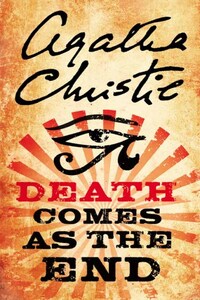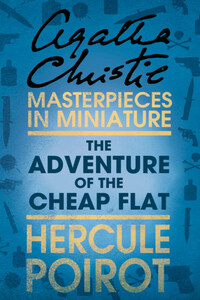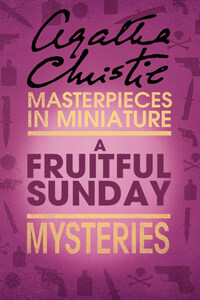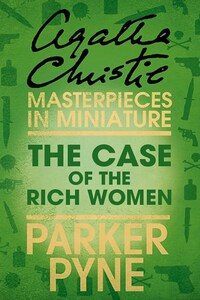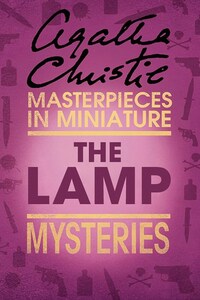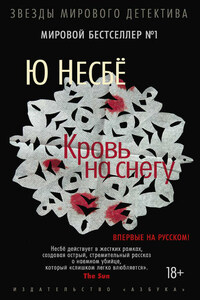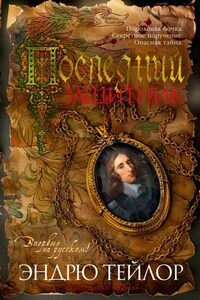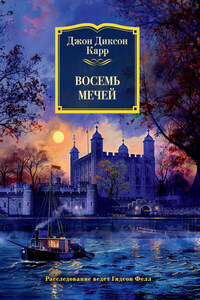Published by HarperCollinsPublishers Ltd
1 London Bridge Street
London SE1 9GF
www.harpercollins.co.uk
First published in Great Britain by Collins, The Crime Club 1944
Death Comes as the End™ is a trade mark of Agatha Christie Limited and Agatha Christie® and the Agatha Christie Signature are registered trade marks of Agatha Christie Limited in the UK and elsewhere.
Copyright © 1944 Agatha Christie Limited. All rights reserved.
www.agathachristie.com
Cover by designedbydavid.co.uk © HarperCollins/Agatha Christie Ltd 2017
Agatha Christie asserts the moral right to be identified as the author of this work.
A catalogue copy of this book is available from the British Library.
This novel is entirely a work of fiction. The names, characters and incidents portrayed in it are the work of the author’s imagination. Any resemblance to actual persons, living or dead, events or localities is entirely coincidental.
All rights reserved under International and Pan-American Copyright Conventions. By payment of the required fees, you have been granted the non-exclusive, non-transferable right to access and read the text of this e-book on screen. No part of this text may be reproduced, transmitted, down-loaded, decompiled, reverse engineered, or stored in or introduced into any information storage and retrieval system, in any form or by any means, whether electronic or mechanical, now known or hereinafter invented, without the express written permission of HarperCollins.
Source ISBN: 9780008196325
Ebook Edition © March 2017 ISBN: 9780007422265
Version: 2017-04-11
Dear Stephen,
It was you who originally suggested to me the idea of a detective story set in Ancient Egypt, and but for your active help and encouragement this book would never have been written.
I want to say here how much I have enjoyed all the interesting literature you have lent me and to thank you once more for the patience with which you have answered my questions and for the time and trouble you have expended. The pleasure and interest which the writing of the book has brought to me you already know.
Your affectionate and grateful friend,
The action of this book takes place on the West bank of the Nile at Thebes in Egypt about 2000 BC. Both place and time are incidental to the story. Any other place at any other time would have served as well: but it so happened that the inspiration of both characters and plot was derived from two or three Egyptian letters of the XI Dynasty, found about 20 years ago by the Egyptian Expedition of the Metropolitan Museum of Art, New York, in a rock tomb opposite Luxor, and translated by Professor (then Mr) Battiscombe Gunn in the Museum’s Bulletin.
It may be of interest to the reader to note that an endowment for Kaservice—an everyday feature of ancient Egyptian civilization—was very similar in principle to a mediæval chantry bequest. Property was bequeathed to the Ka-priest in return for which he was expected to maintain the tomb of the testator, and to provide offerings at the tomb on certain feast days throughout the year for the repose of the deceased’s soul.
The terms ‘Brother’, ‘Sister’ in Egyptian texts, regularly mean ‘Lover’ and are frequently interchangeable with ‘Husband’, ‘Wife’. They are so used on occasion in this book.
The Agricultural calendar of Ancient Egypt, consisting of three seasons of four months of thirty days, formed the background of peasant life, and with the addition of five intercalary days at the end of the year was used as the official calendar of 365 days to the year. This ‘Year’ originally began with the arrival in Egypt of the flood-water of the Nile in the third week of July by our reckoning; but the absence of a Leap Year caused it to lag through the centuries, so that, at the time of our story, the official New Year’s Day fell about six months earlier than the opening of the agricultural year, i.e. in January instead of July. To save the reader from continually having to make allowance for this six months, however, the dates here used as Chapter headings are stated in terms of the agricultural year of the time, i.e. Inundation—late July to late November; Winter—late November to late March; and Summer—late March to late July.
A.C. 1944
